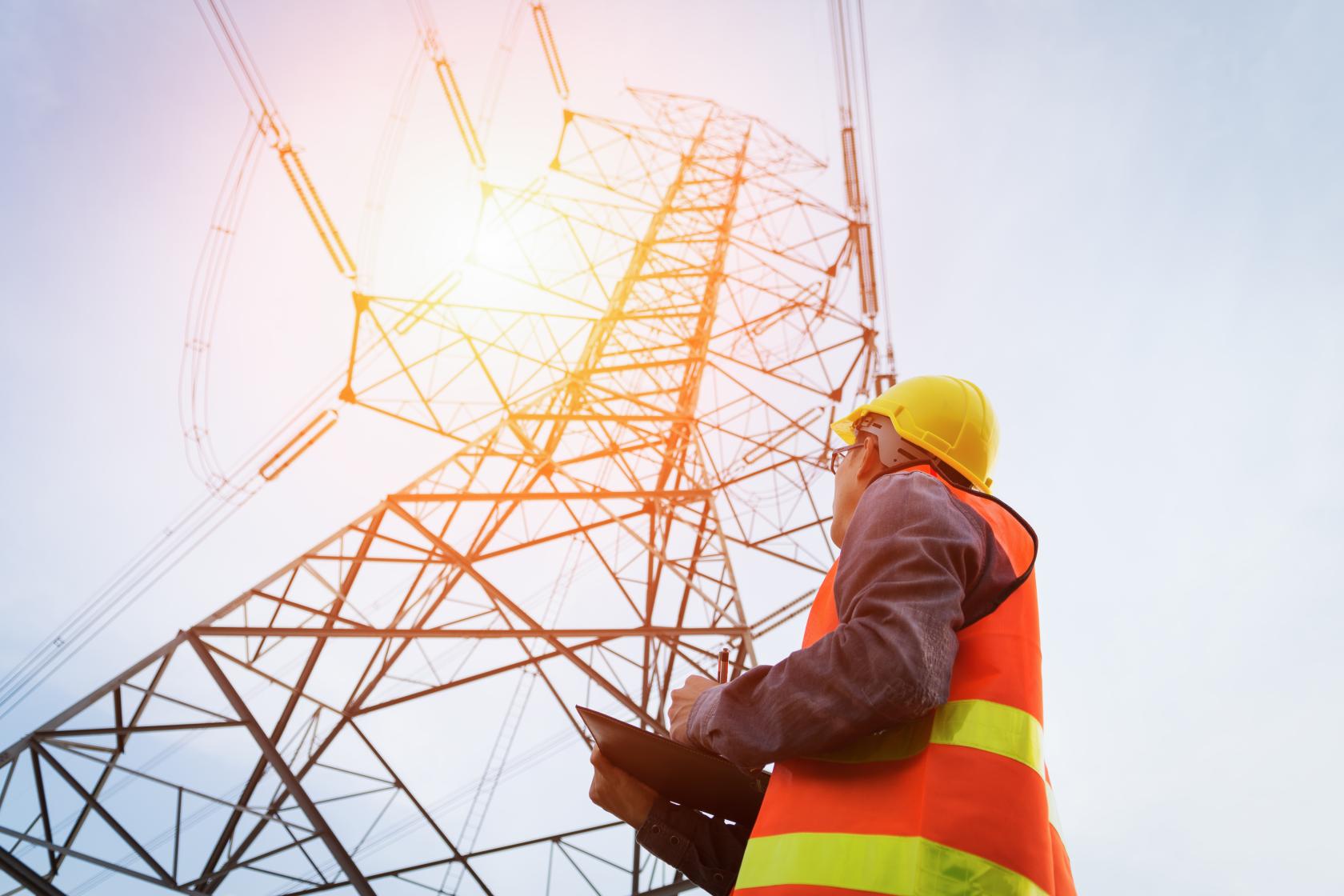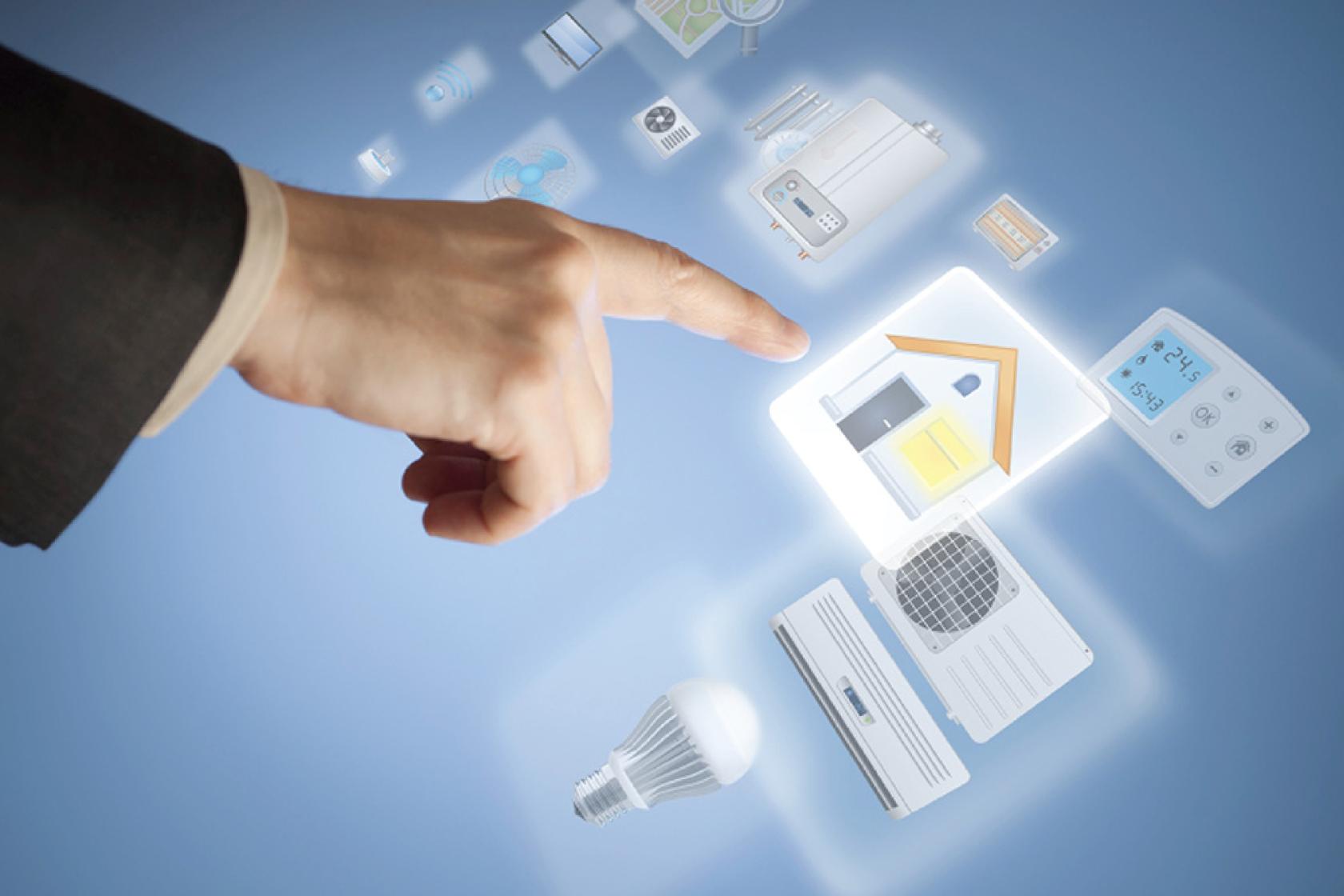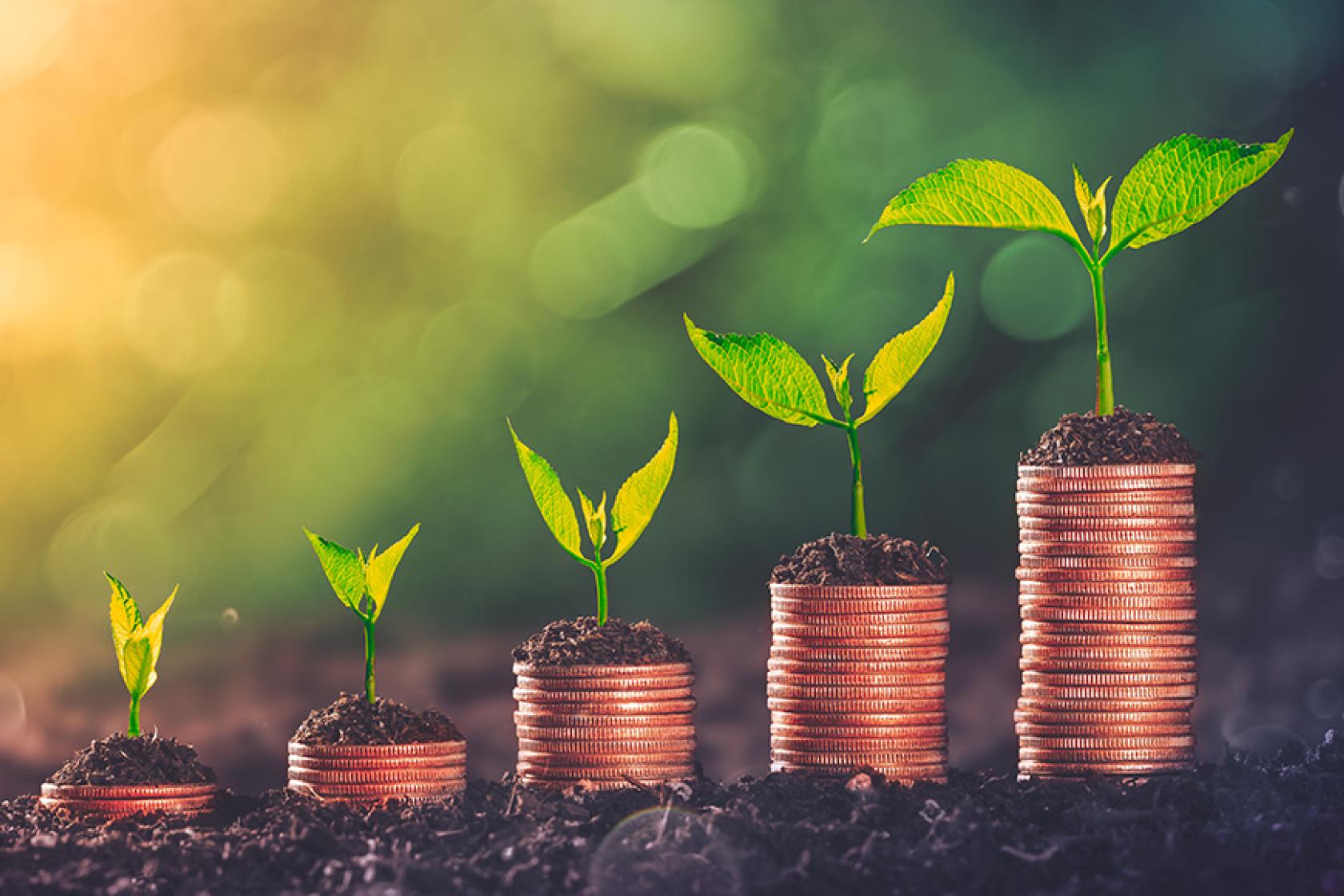According to the AEO2018 Reference case forecast, baseline electricity consumption is projected to increase from 3,683 billion kWh in 2017 to 4,272 billion kWh in 2040. This represents 16% growth in electricity consumption, with an average annual growth rate of 0.62%. This forecast is significantly lower than historical growth of 1.9% annual load growth in the preceding three decades. The AEO2018 Reference case is predicated on a relatively flat forecast of electricity price (in real dollars) between 2017 and 2040, suggesting slow growth in demand in the electricity sector. Despite this outlook of lower load growth, this study finds that energy efficiency remains a significant resource.
The AEO2018 Reference case includes the impacts of all currently legislated federal appliance standards and building codes and rulemaking procedures (including California’s Title 20 and Title 24), as well as the impact of market- driven efficiency promotions such as ENERGY STAR® labeling.
The AEO2018 Reference case also assumes the continued contributions of utility- and government-sponsored programs for energy efficiency that were established prior to 2017. The savings impact of existing efficiency programs that are “embedded” in the AEO2018 Reference case is estimated in this study. To consider the full potential of utility efficiency programs, an adjusted baseline forecast is constructed that removes the estimated impact of existing programs.
EPRI estimates that energy efficiency programs have the potential to reduce annual electricity consumption by 365 billion kWh to 4,099 billion kWh in 2040 (including embedded savings from existing programs). Compared to the AEO2018 Reference case, which makes implicit assumptions some impact from existing incentive programs for energy efficiency, this study identifies an additional 161 billion kWh of additional, cost-effective savings potential from energy efficiency programs.
As such, energy efficiency programs have the potential to slow the annual growth rate in electricity consumption between 2017 and 2040, from the growth rate forecast by AEO2018 of 0.62% to an annual growth rate of 0.45%.
This estimated level of potential electricity savings can be achieved through voluntary programs for energy efficiency implemented by utilities or other groups. This analysis does not assume the enactment of new energy codes nor efficiency standards beyond what is already enacted into law. Adoption of more progressive codes and standards in the future would increase overall energy savings, but decrease the potential for energy savings claimed by utilities or other program implementers.
This study includes an analysis of state-level energy efficiency levels. States can vary in the amount of energy savings that are achievable based on several factors. The three primary drivers of differences at the state level include differences in equipment stock, avoided costs, and policies that encourage program development.
In addition, this study provides a sensitivity analysis to consider how potential energy savings may be impacted by future policies that may increase the cost to serve. Several policies have been proposed to capture some externality (e.g. emissions) that could raise avoided costs and raise the economic attractiveness of energy efficiency.


